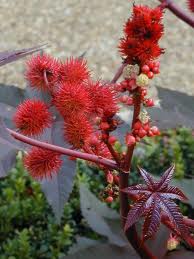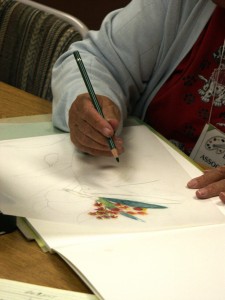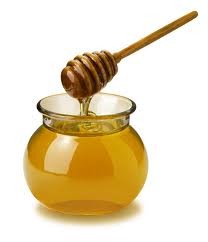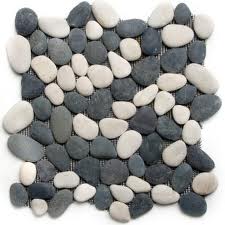Midlife Health: Watermelon
Do you find yourself feeling more energetic during the summer months? Traditional Chinese Medicine (TCM) tells us that plants grow faster during summer and people act more energetically. Blood and the body’s qi quicken their pace.
TCM claims that the heart can over-function, causing you to sweat, and this then restricts the functioning of the lung. There are certain foods that are recommended to enhance lung functioning and maintain the body’s normal sweating mechanisms – watermelon, strawberries, tomatoes, mung beans, cucumber, bean sprouts, duck and fish.
So there’s good reason if you find yourself gravitating to a juicy slice of watermelon this summer. You may need cooling down, especially if you’ve been sweating a lot and thus losing Vitamin B. Watermelon, which is a staple of many people’s picnic table, is nature’s gift to help us cool off. It is a great source of Vitamins B6, B1, magnesium and potassium which are excellent for keeping your energy levels up and muscle cramping down.
In TCM watermelon is an important healing food. High in beta-carotene and antioxidants, it has been used medicinally to treat heart disease, diabetes, liver problems and kidney infection. Eat it regularly to help reduce high blood pressure. It also aids the body in releasing toxins via its ability to increase the body’s need to urinate.
Additionally, watermelon can be effective for sunburns when used topically. The juice is cooling to the skin and promotes healing.
If you’re going to juice or blend the watermelon, include some of the white and green rind, as well as the seeds – they are a digestive aid. Just make sure your machine can break down the seeds.







